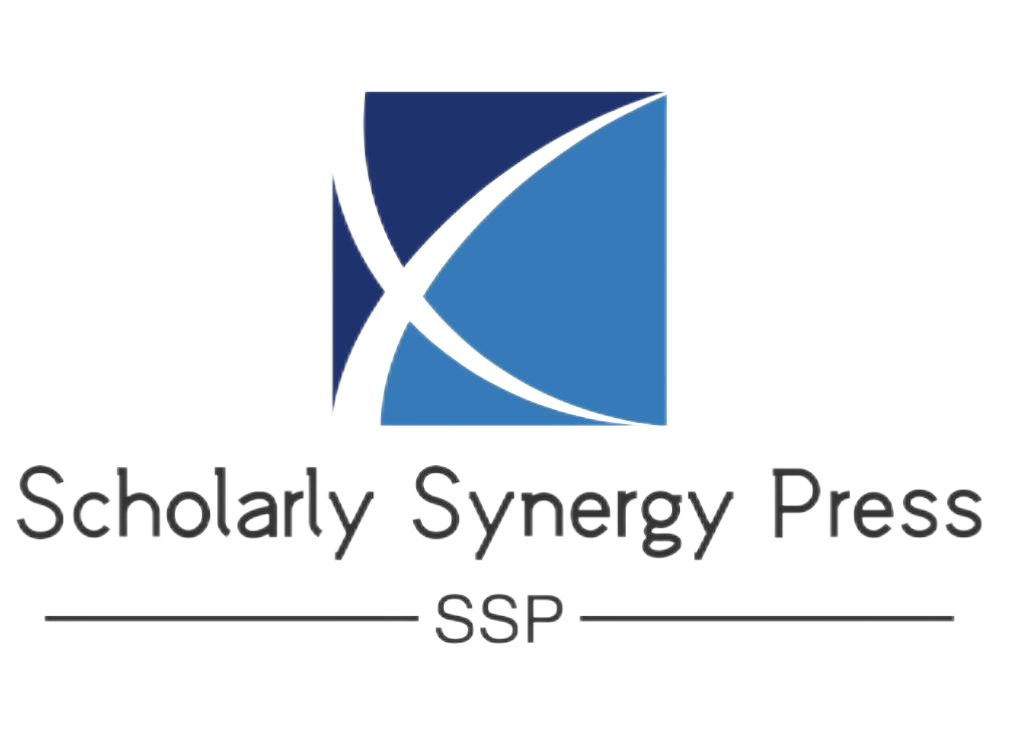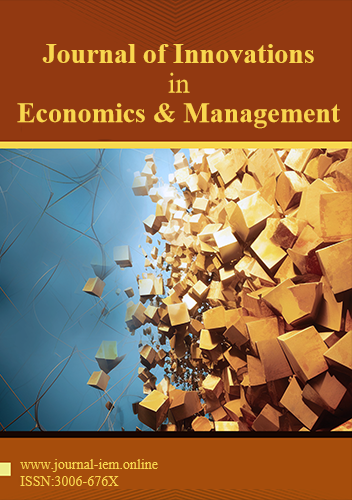 An open access journal
An open access journal
Innovations in Human Capital Management: Strategies for Attracting and Retaining Top Talent
Abstract
This paper explores innovations in human capital management (HCM) with a primary focus on strategies for attracting and retaining top talent in the competitive business landscape. Human capital, characterized by the skills, knowledge, and abilities of employees, is a critical asset for organizations seeking to thrive and succeed.
The research begins by highlighting the evolving dynamics of the modern workforce. It underscores the challenges organizations face in recruiting and retaining highly skilled professionals in a globalized and competitive environment.
One central theme of the study is the examination of innovative HCM strategies. It explores how organizations can leverage technology, data analytics, and talent management practices to identify, attract, and retain top talent. It delves into the role of predictive analytics in workforce planning and the use of artificial intelligence (AI) in talent acquisition.
Furthermore, the study investigates the importance of employee engagement and workplace culture in talent retention. It analyzes successful models of employee development, mentorship programs, and career progression that contribute to a positive work environment and long-term employee commitment.
A significant aspect of the research is the discussion of diversity and inclusion in HCM. It addresses the importance of fostering diverse and inclusive workplaces as a means to attract and retain top talent from all backgrounds.
Through an analysis of case studies and industry trends, the paper identifies successful models of HCM innovation, highlighting best practices and lessons learned.
Additionally, the study emphasizes the importance of measuring the effectiveness of HCM strategies. It discusses key performance indicators (KPIs) and metrics to assess talent acquisition, engagement, and retention efforts.
In conclusion, this paper contends that innovations in human capital management are essential for organizations seeking to remain competitive and sustainable. It underscores the transformative potential of strategic HCM in attracting, developing, and retaining top talent.
Share and Cite
Article Metrics
References
- Mullan, J., & Fakult, J. (2016). Distributed ledger technology in payments, clearing, and settlement. Federal Reserve Bank of Boston.
- Wang, Y., Nie, T., Cai, G., Li, K., & Zhao, L. (2018). Blockchain-powered Internet of Things and its applications. IEEE Internet of Things Journal, 5(2), 1189-1198.
- Lacity, M., & Tapscott, D. (2017). Blockchain revolution for the enterprise: Challenge accepted. MIS Quarterly Executive, 16(2).
- Davenport, T. H., & Kalakota, R. (2019). The potential for blockchain to transform electronic health records. Harvard Business Review.
- Peters, G. W., & Panayi, E. (2016). Understanding modern banking ledgers through blockchain technologies: Future of transaction processing and smart contracts on the internet of money. In Banking Beyond Banks and Money (pp. 239-278). Springer.

